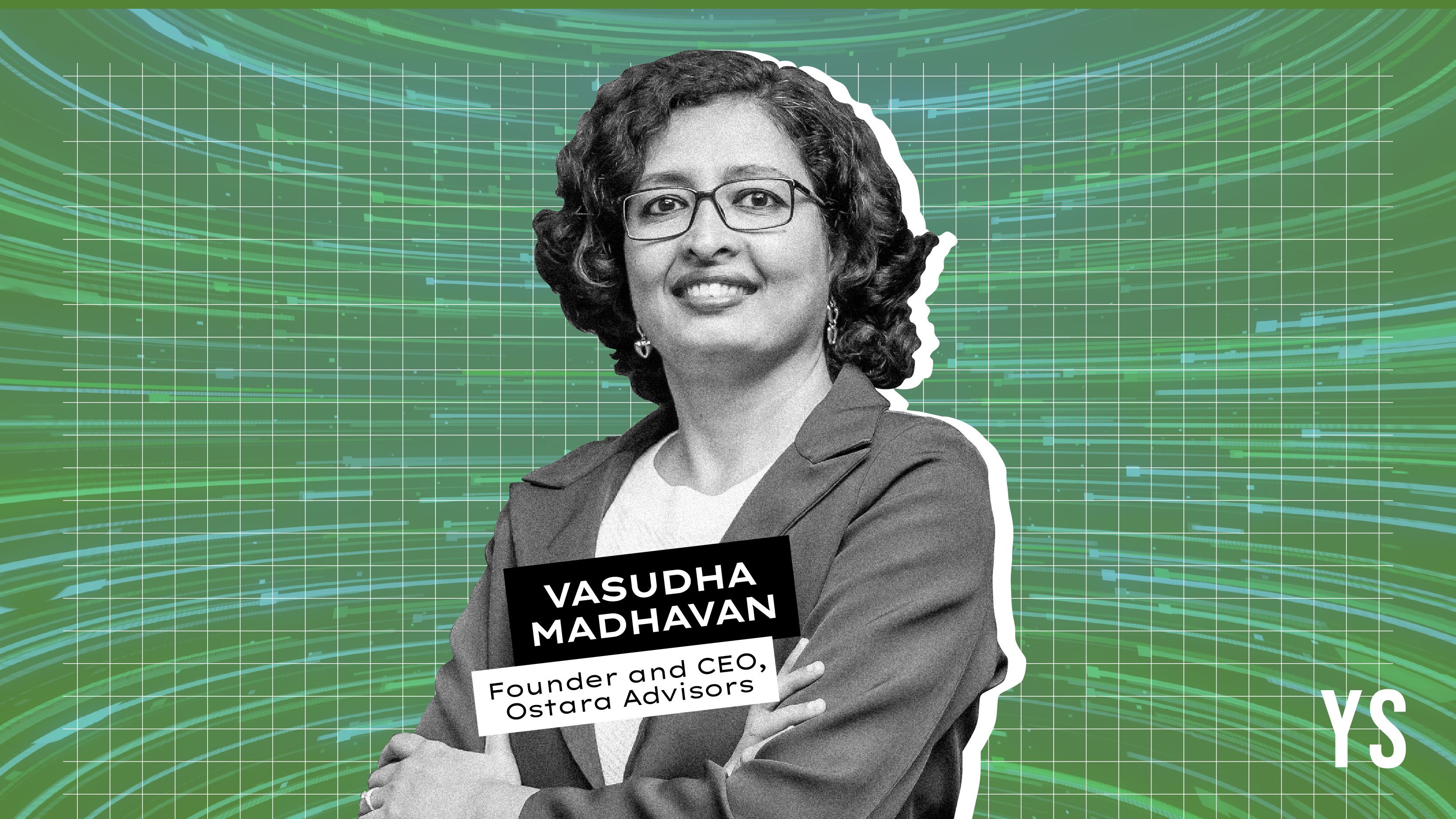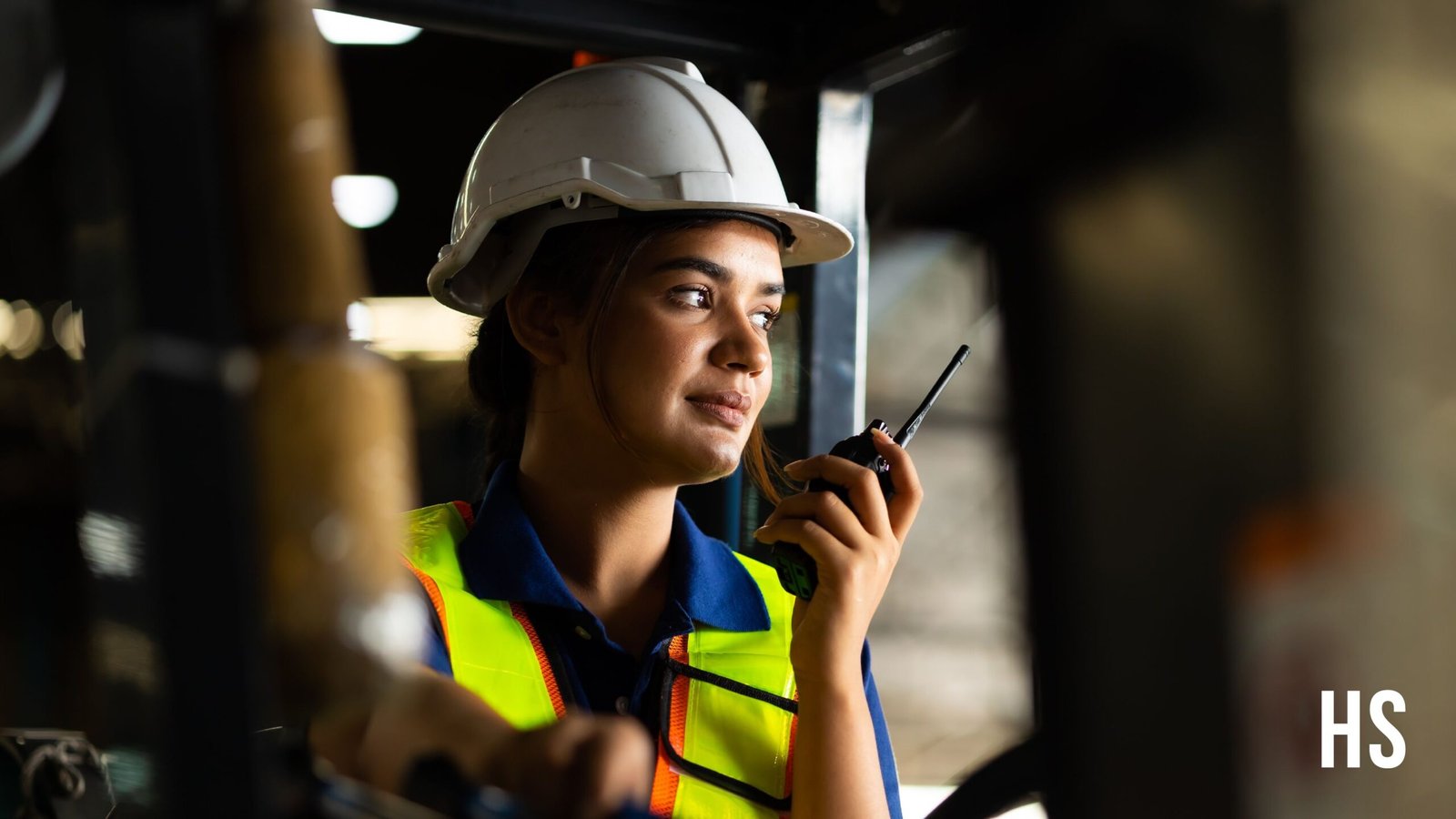Ostara Advisors’ blueprint on how to crack climate tech funding


In the ten years that followed, Ostara has facilitated marquee deals, including the country’s first merger in the electric vehicle segment, when Greaves Cotton Limited acquired EV maker Ampere Vehicles in 2018, and more recently, Routematic’s $40 million Series C fundraise in May this year.
After having spent almost a decade in the industry, Ostara Advisors is now gearing up to start its own fund. The move has been a long time coming, according to Madhavan. Having spent time understanding the landscape and identifying trends before it garners widespread attention, Ostara is in a unique position to write cheques to companies that are developing next-generation technologies in the climate-tech landscape.
In an interview with YourStory, Madhavan details the firm’s plans to set up its own fund, emerging trends in the climate-tech landscape, and the challenges startups in this sector face in India.
.thumbnailWrapper{
width:6.62rem !important;
}
.alsoReadTitleImage{
min-width: 81px !important;
min-height: 81px !important;
}
.alsoReadMainTitleText{
font-size: 14px !important;
line-height: 20px !important;
}
.alsoReadHeadText{
font-size: 24px !important;
line-height: 20px !important;
}
}

YourStory [YS]: What motivated you to launch your own fund?
Vasudha Madhavan [VM]: Launching a fund has always been part of the plan. We’ve consistently identified climate tech trends and founders ahead of the curve, but often struggled to find aligned investors—especially in India, where sector-specialist capital is limited. Starting our own fund allows us to fill that gap, back the companies we believe in, and complete the loop from thesis to investment.
YS: What stage are you at in the process? Do you have a sense of your target corpus or any other details that are firmed up?
VM: It’s still early days, but we’re exploring a fund size of around $10-20 million. The idea is to write $1-1.5 million cheques across 10-15 companies—primarily at the growth or early growth stage, not seed. We see a clear gap at the Series A level, where there’s often no one to lead the first cheque. That’s the role we want to play—co-investing or even leading, especially in slightly more mature climate tech companies where we already have deep insight.
We’re currently looking at a two-year timeline. It needs careful preparation and the right team, which we’ll start putting together soon. Early conversations and ecosystem engagement—especially overseas—are already underway. We know many of the relevant LPs; it’s now about aligning everything before a formal launch.
YS: What does the current climate tech funding and deal-making landscape in India look like?
VM: Climate tech in India is going through a major shift—honestly, it’s right up there with AI in terms of impact. We’re seeing disruption across the board: biofuels replacing fossil fuels in factories, IoT being used to monitor and improve energy efficiency, cleaner materials, recycling—you name it. And these aren’t just ideas; companies are scaling fast. One founder we spoke to recently is already doing over Rs 100 crore in revenue just by supplying biofuels made from agricultural waste.
What’s exciting is that this isn’t limited to one sector—it’s happening across mobility, energy, materials, and more. We’re seeing everything from incremental innovation to full-on disruption. And because we’re speaking to founders daily, we’re right in the middle of it.
But the challenge? While India is a huge market and these businesses are investable, there’s still a real funding gap—especially at the growth stage. Most of the capital is coming from overseas. We’re spotting these opportunities early, building the investment case, and then taking them to growth investors. So yes, the momentum is real—and we’re right there, shaping the space.
.thumbnailWrapper{
width:6.62rem !important;
}
.alsoReadTitleImage{
min-width: 81px !important;
min-height: 81px !important;
}
.alsoReadMainTitleText{
font-size: 14px !important;
line-height: 20px !important;
}
.alsoReadHeadText{
font-size: 24px !important;
line-height: 20px !important;
}
}

YS: Is exit a major concern for Indian investors when it comes to climate tech, more so than overseas investors?
VM: Yes, exit is critical—probably the most important factor for Indian investors, especially in climate tech. It’s one of the first questions they ask: how will the exit happen—IPO or strategic buyout? What kind of returns can they expect? Are there global case studies or proven parallels?
While India may not have many domestic examples yet, we often rely on global benchmarks to make the case. It’s a key part of our pitch—we build that exit story, identify potential buyers, and show the path to returns. For Indian investors, clarity on exit can make or break a deal.
YS: There’s a lot of early-stage capital—pre-seed, seed, even Series A—flowing across sectors. But do you think there’s a real gap at the growth stage, especially Series B and C? And if so, how much more pronounced is that gap for climate tech companies?
VM: Yes, there’s a massive gap in growth-stage funding in India—especially for climate tech. Early-stage capital has grown a lot in the last few years, with many seed and pre-Series A funds writing small cheques. But once a company hits Series A and beyond, the landscape shifts dramatically.
Most funds at that level are sector-agnostic. Climate tech may be one of their themes, but it’s rarely the core focus—and given how broad and nuanced climate tech is, that’s a problem. You can’t compare EVs with biofuels or recycling—they all require deep understanding and different types of capital.
That’s where the real gap lies: in focused, climate-specific growth capital. And that’s what Ostara has been trying to address, often by tapping into overseas investors who are more aligned. But for the ecosystem to truly thrive, India needs more sector-focused growth funds, not just generalists.
YS: Why do you think overseas investors—like those in Silicon Valley—see the potential in India’s climate tech space, while many Indian investors still hesitate? What’s holding them back?
VM: Global investors are ahead because they’ve already built focused climate theses and raised dedicated funds—they see the long-term opportunity. In India, most investors are still cautious. They ask: How big is the market? Can this really scale? Can it disrupt the incumbent?
So when we pitch, we don’t just talk about impact—we back it up with hard business fundamentals: market sizing, growth potential, founder strength, and solid unit economics. That’s what builds conviction.
YS: Would a corporate investing in a climate tech-focused fund also see it as contributing to their ESG goals or sustainability mandates? Does it benefit the corporation on that front as well?
VM: For global corporations, these investments aren’t about CSR or ticking ESG boxes anymore—they’re core to their innovation strategy. Companies like Yamaha, Honda, or Michelin use small $1-3 million bets through funds to track emerging tech, de-risk early innovation, and potentially acquire startups that align with their future business needs. It’s a way for them to stay ahead without committing massive capital upfront.
In India, though, this kind of strategic corporate VC is still nascent. Some promoter-led family offices—like Marico’s Sharrp Ventures or Havells—are actively supporting startups, which is a great sign. But we’re still catching up when it comes to structured, corporate-led venture investing with a clear strategic intent. It’s evolving, but there’s a long way to go.
.thumbnailWrapper{
width:6.62rem !important;
}
.alsoReadTitleImage{
min-width: 81px !important;
min-height: 81px !important;
}
.alsoReadMainTitleText{
font-size: 14px !important;
line-height: 20px !important;
}
.alsoReadHeadText{
font-size: 24px !important;
line-height: 20px !important;
}
}

YS: How’s the corporate mobility landscape shaping up in India right now, especially for EV fleet operators?
VM: The corporate mobility space is actually one of the best places for EV adoption right now. The reason is simple—it’s predictable. People go to work at roughly the same time, from the same locations, to the same big office parks. That consistency makes it ideal for planning and optimising routes.
EVs, on the other hand, work best when they’re used a lot. The more you drive them, the more cost-efficient they become, especially since they’re much cheaper to run compared to fuel-based vehicles. The trick is high utilisation.
That’s where platforms like Routematic come in. They use software to manage and optimise everything—routes, dispatch, trips—so EVs are on the road more, doing more trips, and making more financial sense. What we’re also seeing is that smaller fleet operators struggle to scale on their own, so there’s a natural push toward consolidation. Bigger players, backed by tech, can run the show more efficiently and at lower costs. So overall, corporate mobility and EVs are a great match—and it’s a space that’s only going to grow.
YS: You’ve worked with ZyppElectric too—do you see unit economics as a big challenge in the EV fleet space?
VM: Yeah, unit economics in two-wheeler EV fleets is trickier than cars. Margins are thinner, trips are shorter, and payouts are lower. So it all comes down to high utilisation and uptime. If the vehicle’s not moving, you’re losing money. Swapping tech helps, and since demand isn’t a problem, it’s really about using data and software to keep vehicles on the road, constantly. Get that right, and you’ve got a strong business.
The business is so cost-sensitive that fleet operators are forced to pick cheap vehicles—Rs 30,000-40,000 —not Athers or Olas. But there just aren’t enough sturdy, low-cost options built for gig work.
Companies like Baaz Bikes have started building their own rugged scooters with battery swapping and are seeing strong utilisation. Others like Yulu, Kinetic (eLuna), Motovolt, and Bajaj (for Yulu) are also stepping in.
The sweet spot is: low-cost, durable, energy-efficient, and software-tracked bikes. If you crack that, demand isn’t the issue. But right now, solid OEM options are still very limited.
YS: What kind of deals are you currently working on? And which segments are really picking up traction right now?”
VM: We’re looking at a bunch of themes — solar, recycling, circular economy, industrial decarbonization, battery tech, EV components, even air purification.
Edited by Jyoti Narayan
Discover more from News Hub
Subscribe to get the latest posts sent to your email.







